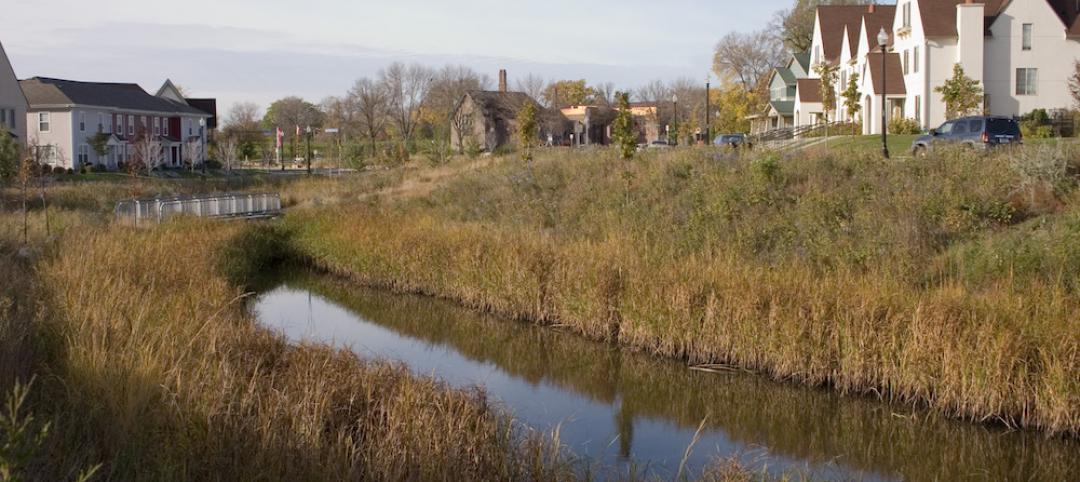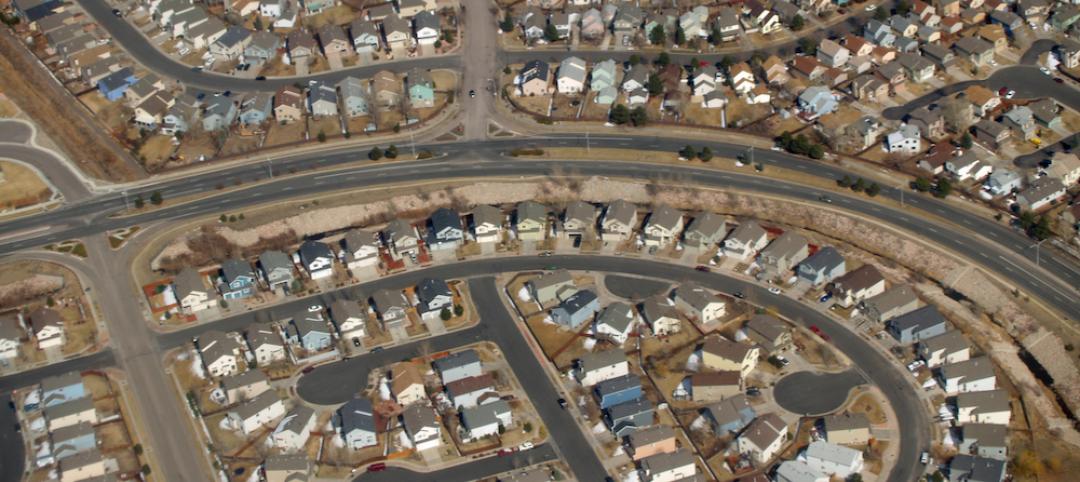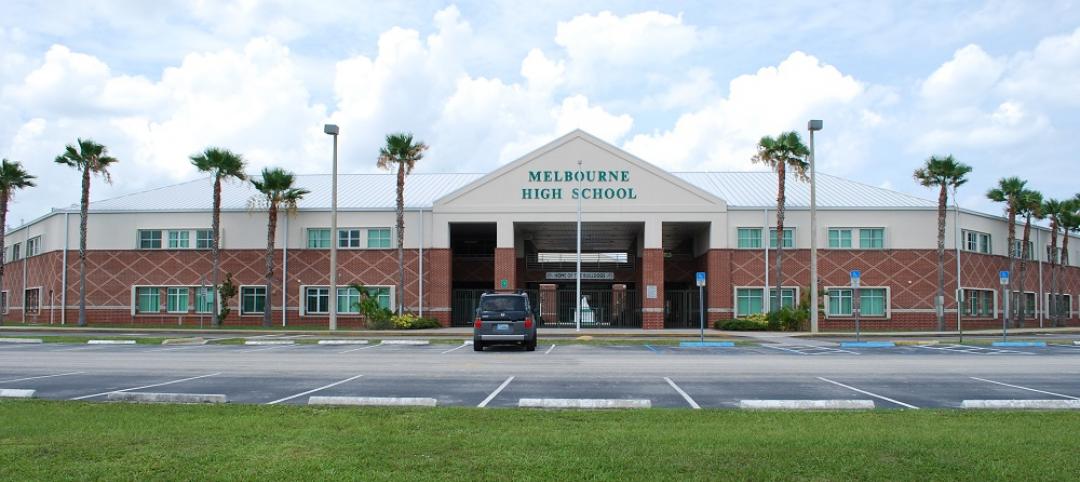The 20% Stretch Code, a new set of standards developed by New Buildings Institute (NBI), offers a tool for accelerating the use of more energy efficient designs in new buildings.
Most new buildings are constructed to meet only the minimum energy efficiency requirements in state or local building codes that are often based upon national model codes such as the International Energy Conservation Code and ASHRAE 90.1.The stretch code provides a way for localities to move ahead more quickly with greener standards than they would by simply adopting national building codes.
The adoption of national building codes by states can be a slow, erratic process. Some states are still using codes that are up to three development cycles behind the most recent codes, representing design and construction practices from 2009. Stretch codes can also be adopted as voluntary codes or policies that can be fostered by devising incentives for designers and builders to use them.
As of October 2017, 214 municipalities have adopted the stretch code.
Related Stories
Codes and Standards | May 20, 2016
Industry leaders call for wider use of bamboo as a building material
Benefits include seismic resiliency and sustainability.
Codes and Standards | May 19, 2016
Asphalt roofing group publishes updated shingle installation guide
Technical manual provides best practices for roofing professionals.
Codes and Standards | May 16, 2016
EPA proposes new stormwater discharge regulations for construction sites
Would apply to sites of one or more acres.
Roofing | May 16, 2016
New guide focused on increasing energy and structural performance with raised-heel trusses
Higher trusses simplify attic ventilation, leave more space for insulation.
Codes and Standards | May 11, 2016
Current California seismic codes provide safety, resiliency, but needed upgrades present challenge
Los Angeles requires seismic retrofits, but other cities do not.
Codes and Standards | May 10, 2016
Apple spars with Cupertino, Calif., mayor over strained city infrastructure
Apple’s new ‘spaceship’ campus project prompts questions about whether the company should pay more to offset traffic woes.
Codes and Standards | May 9, 2016
Safety Stand-Down yields proposals to boost construction safety
One example: Gilbane encourages safety harnesses for all working above 6 feet.
Codes and Standards | May 9, 2016
EcoDistricts unveils sustainable neighborhood framework
Focus is on equity, resilience, and climate protection.
School Construction | May 3, 2016
Florida clamps down on school construction spending
Critics fear rules will hamper ability to build schools with desired features.
Resiliency | May 2, 2016
Connecticut to develop new code standards for resiliency
Expected more frequent severe weather events due to climate change prompts review.
















